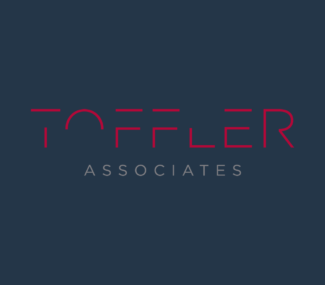The Human Side of IT Resource Implementation

There is little doubt that we will continue to see a future that employs automated machines and other technology solutions to perform knowledge tasks and data analysis. As that happens, it is important for organizations to recognize these solutions as combined human-machine institutions – not as segmented machines or tools.
Leaders and decision makers must take the time to consider:
- The multitude of ways that tool will interact with employees
- The processes and associated behaviors that must change
- The benefits that the machine and people provide for each other
- The business outcome that the tool is intended to achieve
Optimizing technology solutions is fundamentally an organizational change management issue. Leaders must transition their knowledge workers to new processes and resources that could reshape the organization and realize potentially significant efficiencies. Engaging employees and seeking their input on the front end of technology development and implementation helps prevent employees from viewing a solution as a forced or top-down mandate.
Additionally, by considering the human perspective of IT resource planning prior to procurement or implementation, the organization can build the tools around user requirements. The planning phase clarifies what the employees actually want and need, and increases their buy-in prior to starting tool development. Implementation is more efficient, and team members are often far more likely to adopt new tools, processes, and behaviors faster with a sense of ownership of the solution.
There are four primary components of a successful technology resource implementation process:
1. Identify the clear issue that the solution should resolve
2. Build an execute a deliberate and robust internal communication plan
3. Execute and monitor a steady technology roll out
4. Engage a team of internal proponents within the culture that includes leaders and staff
Managing Change from the Inside Out
Toffler Associates saw the value of a structured technology change management process when we guided a 5000-person organization through the implementation of a new IT-based Knowledge Management System. Silos had formed across this large enterprise, stifling collaboration and communication. The compartmentalization had created significant business development issues because departments were unaware of capabilities, knowledge, expertise, and experience that resided in other areas of the organization.
We were engaged to devise a solution that would resolve this issue and equip the Business Development team to coalesce geographically dispersed knowledge resources. The process involved interviews with personnel across business development and every department that would be impacted by the rollout of a new IT or process change. We consolidated the feedback into intelligence on the priorities and needs of these knowledge workers. That information provided the outline for an IT solution that would provide the greatest value with the minimum investment.
Only once that process was complete did we progress to the development, testing, and implementation of the new Knowledge Management System. It was built to provide organization-wide information about experience, personnel skills and capabilities, and featured a customizable dashboard for project, program, business group, and company metrics. Employees were involved at every step, creating buy-in and a strong sense of ownership at all levels of the organization.
The implementation was highly successful. The system enhanced the capability of the Business Development unit to identify key personnel and historical information, which generated a host of benefits:
- 200%+ increase in the speed and efficiency of proposal development
- 60%+ Reduction in average time to produce a complete proposal
- 90%+ system adoption within five months of release
The Role of Human-Centered Design
We saw clearly that technology solution implementation must engage human-centered design if it is to work with existing processes to engage a scalable support system that can move the organization forward.
The approach requires constant and deliberate strategic communication. While a new resource proposal likely comes from the top, the concerns and benefits more likely exist within the ‘ranks.’ Employing a productive human-centered design process from the start of a project gives leaders a stronger platform from which they can articulate how the solution works for the good of the company, assure employees that it is being implemented to support their success, and invite them to be part of the shared goal.
What this Means for US Knowledge Workers
The technology solutions we are using to encourage innovation and to help organizations become Future Proof® must be designed and implemented with input from the ones who are using them.
Unlike in prior eras (specifically the Industrial Age), the Knowledge Age has brought about a power shift from organizational leadership to the workforce. Employees are engaging, connecting, sharing, and collaborating at an increasingly rapid pace and the volume and velocity of this knowledge movement do not fit within industrial age frameworks or models.
Today’s knowledge workers are figuring out new use cases, challenges, and opportunities to take advantage of the human-technology convergence for the rest of the world. The consumers of the knowledge are also the producers, a situation for which Alvin Toffler coined the term ‘prosumer’ to describe, and we must not lose sight of their criticality as we work to harness the vast power that new technology brings to our organizations.
It’s time to take a human-centered approach to technology solutions.
{{cta(‘c254ce44-075c-42d8-8fb5-4887c026f5c7’)}}


 About the Authors
About the Authors